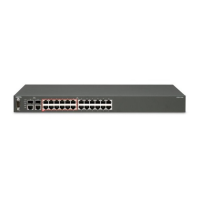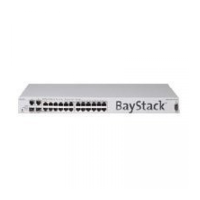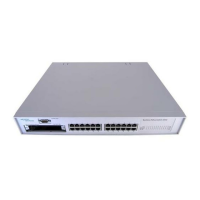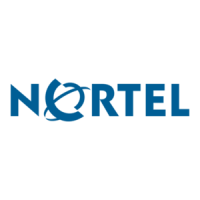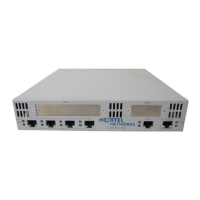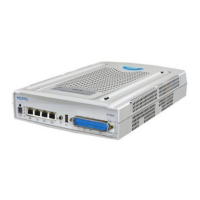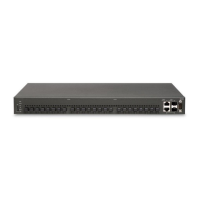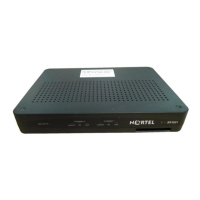What to do if all LEDs are off on my Nortel 2500?
- FffisherJul 30, 2025
If all the LEDs are off on your Nortel Network Router, it indicates that the switch is not receiving AC power or the fans are not operating, potentially causing the unit to overheat. First, verify that the AC power cord is securely fastened at both ends and that there is power at the AC outlet. Also, ensure there is enough space around the switch for adequate airflow on both sides. Avoid placing the switch in direct sunlight or near heat sources, and ensure the operating temperature does not exceed 40°C (104°F).
